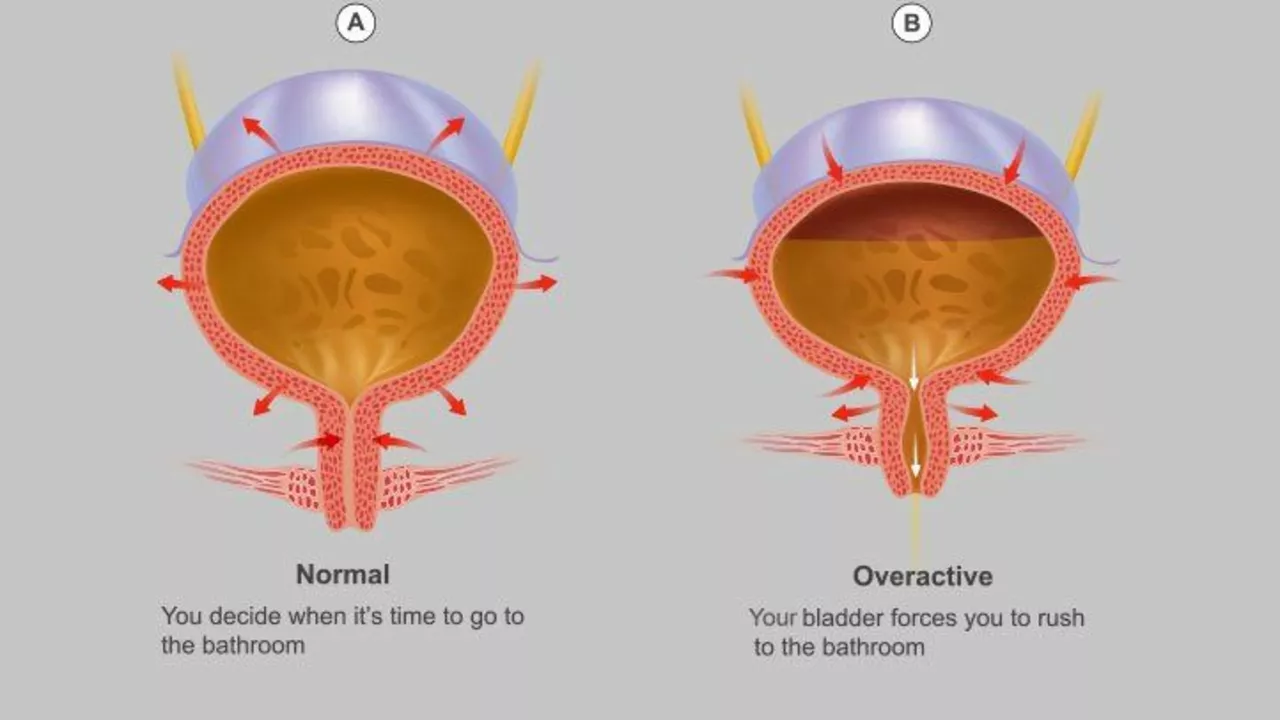Experience the Incredible Health-Boosting Effects of Royal Jelly
July 26 2023Overactive bladder: what it looks like and what you can do now
Waking up at night to pee, feeling a sudden urgent need, or leaking when you can't get to a toilet — these are the everyday signs of overactive bladder (OAB). It’s common and treatable. You don’t have to just live with it; small changes often make a big difference fast.
Quick, practical steps you can try today
Start with a 3-day bladder diary: note fluids, bathroom times, urgency, and leaks. That gives you and your clinician data to work from. Cut or spread out caffeine and alcohol, which can trigger urgency. Try timed voiding — schedule bathroom visits every 2–3 hours and slowly stretch the interval. Nighttime: limit fluids 2–3 hours before bed and empty your bladder right before turning in.
Pelvic floor exercises (Kegels) help a lot. Tighten the muscles you’d use to stop urine, hold 5–10 seconds, relax, repeat 10 times, three times a day. If you’re unsure you’re doing them right, ask a nurse or physiotherapist. Weight loss and simple cardio also reduce pressure on the bladder and improve symptoms for many people.
Treatments doctors commonly use
If lifestyle steps aren’t enough, medications can help. Two main types are antimuscarinics (like oxybutynin or tolterodine) and beta-3 agonists (mirabegron). Antimuscarinics often reduce urgency but may cause dry mouth or constipation. Mirabegron usually has fewer dry-mouth effects but can raise blood pressure in some people. A doctor will match choices to your health profile.
For persistent OAB, there are in-office options: Botox injections into the bladder, nerve stimulation (sacral neuromodulation), or advanced pelvic rehab. A urologist or urogynecologist can explain pros, cons, and recovery time. Before any procedure, ask about expected improvement and how long it lasts.
Basic tests your clinician may use include a urinalysis, a post-void residual check (how much urine remains after you pee), and sometimes urodynamic testing. These help rule out infections, stones, or prostate issues in men and guide treatment choices.
Thinking about medications online? Only use pharmacies that require a prescription and show reliable verification (PharmacyChecker, CIPA, or similar). Avoid sites that sell controlled drugs without a prescription. Keep a list of all drugs you take — some meds can worsen OAB.
If you suddenly have fever, severe pain, blood in urine, trouble passing urine, or a fast worsening of symptoms, get medical care right away. Otherwise, start simple: bladder diary, reduce triggers, try pelvic floor work, and talk to your provider about medicines or procedures if needed.
Want more specifics or help reading a bladder diary? Ask your pharmacist or clinician — small changes often give big relief.
 14 May
14 May
Overactive Bladder and Neurological Disorders: Understanding the Link
As a blogger, I've recently come across the fascinating link between overactive bladder and neurological disorders. It turns out that certain conditions, such as multiple sclerosis, Parkinson's disease, and stroke, can impact the nerves that control our bladder function. This can lead to symptoms like frequent urination, urgency, and even incontinence. It's crucial for those affected to consult with their healthcare provider to manage these symptoms effectively. By understanding this connection, we can better support those living with both overactive bladder and neurological disorders.
Read More...



